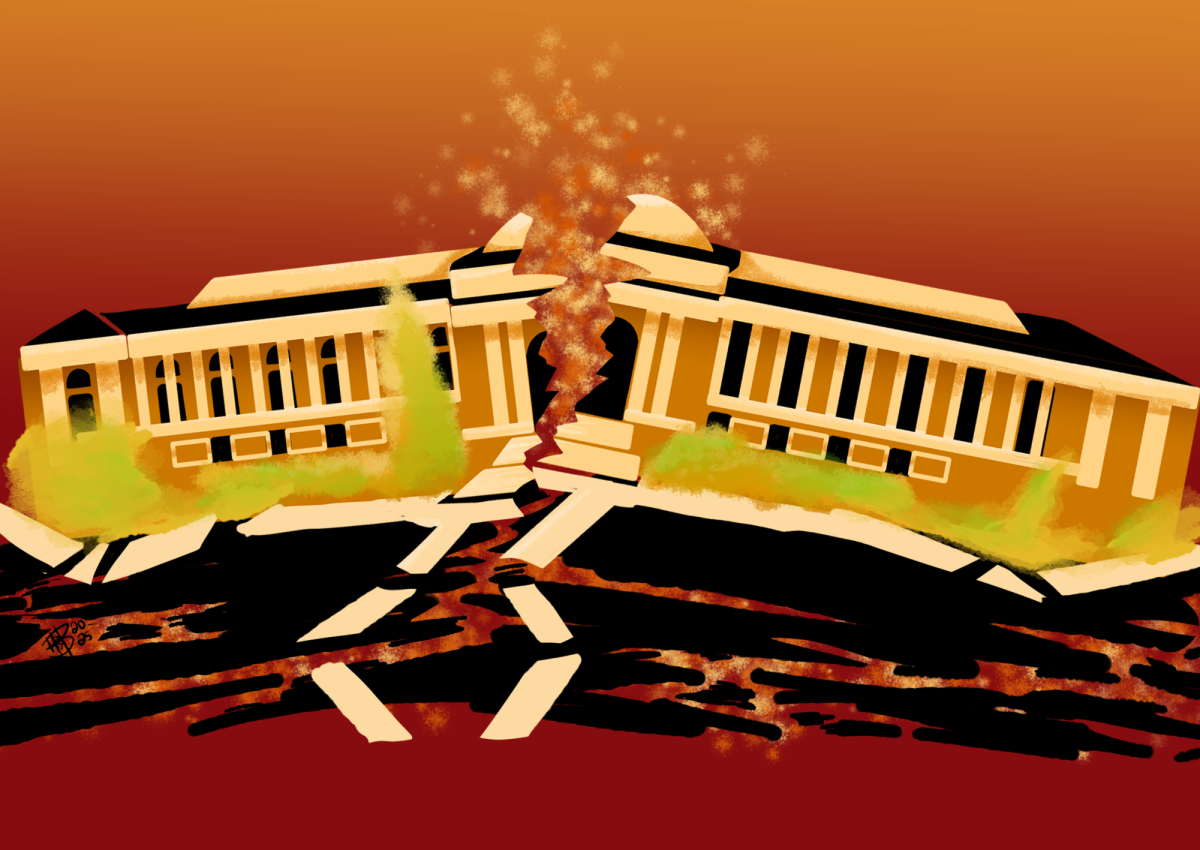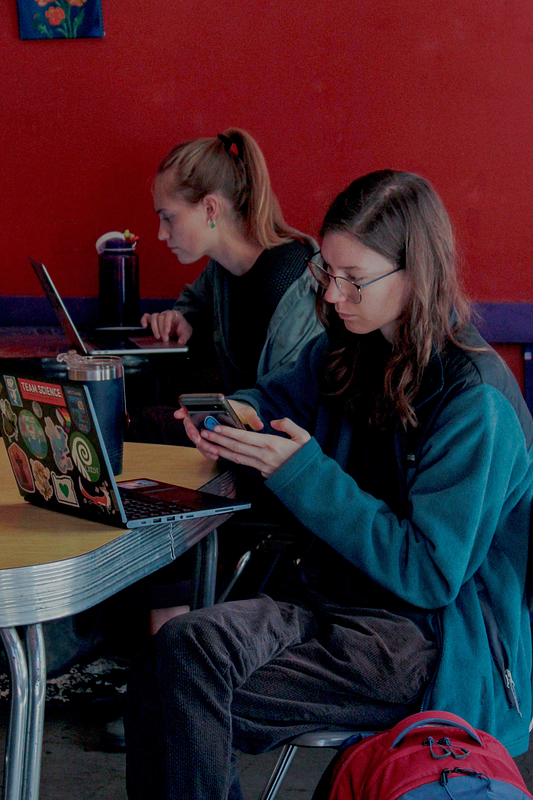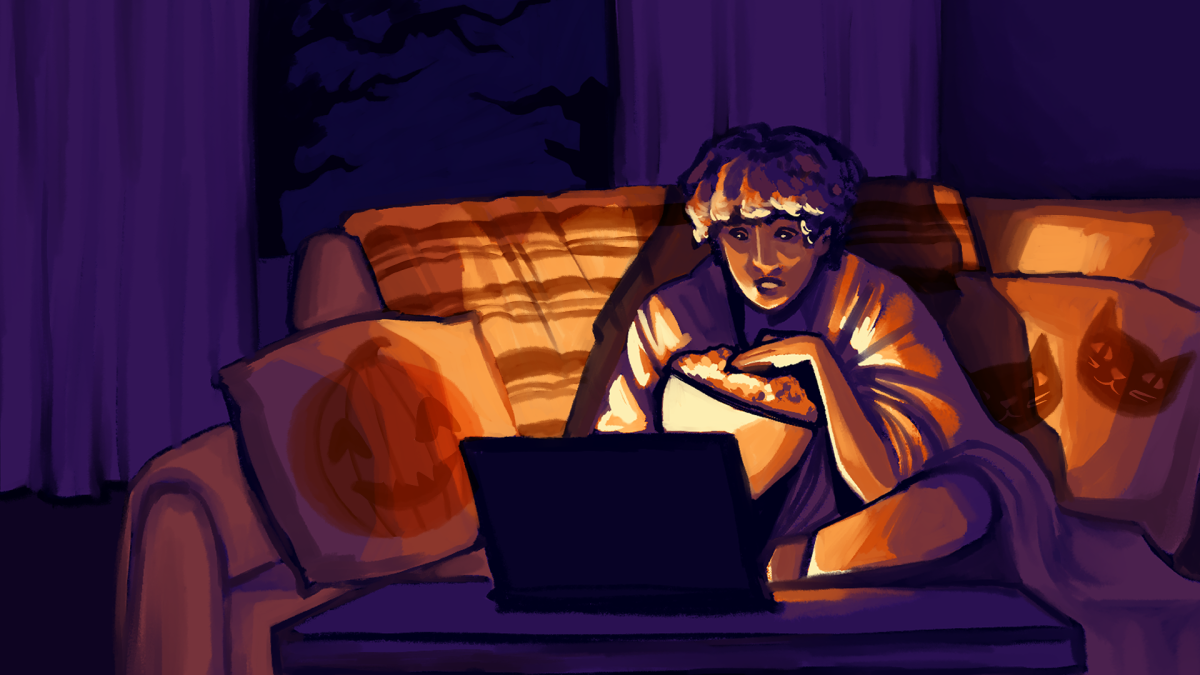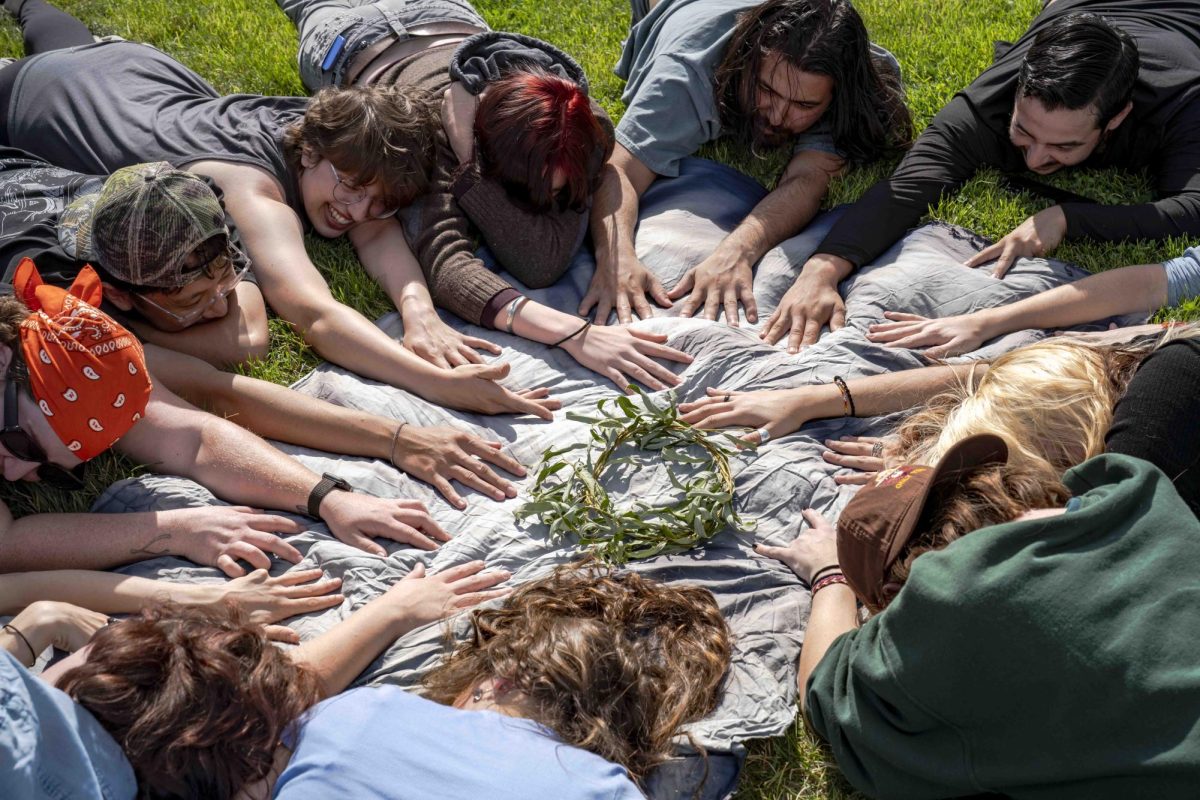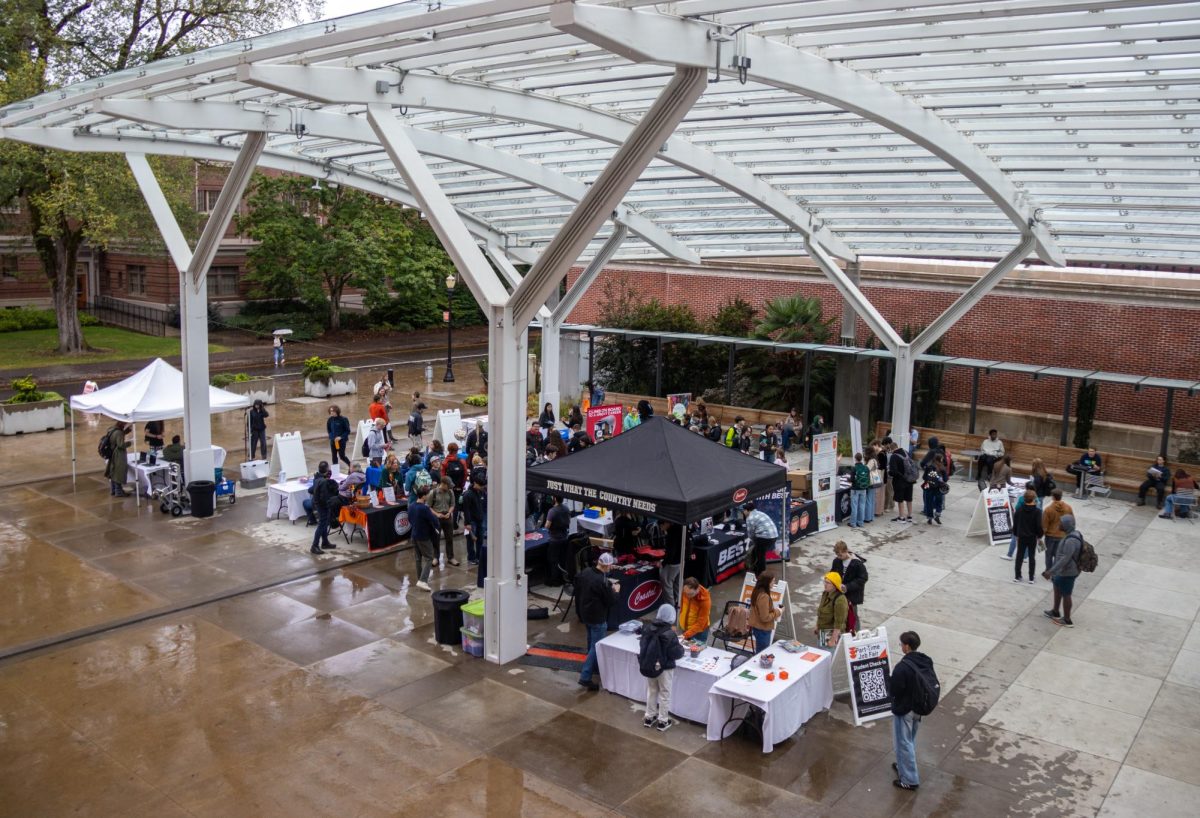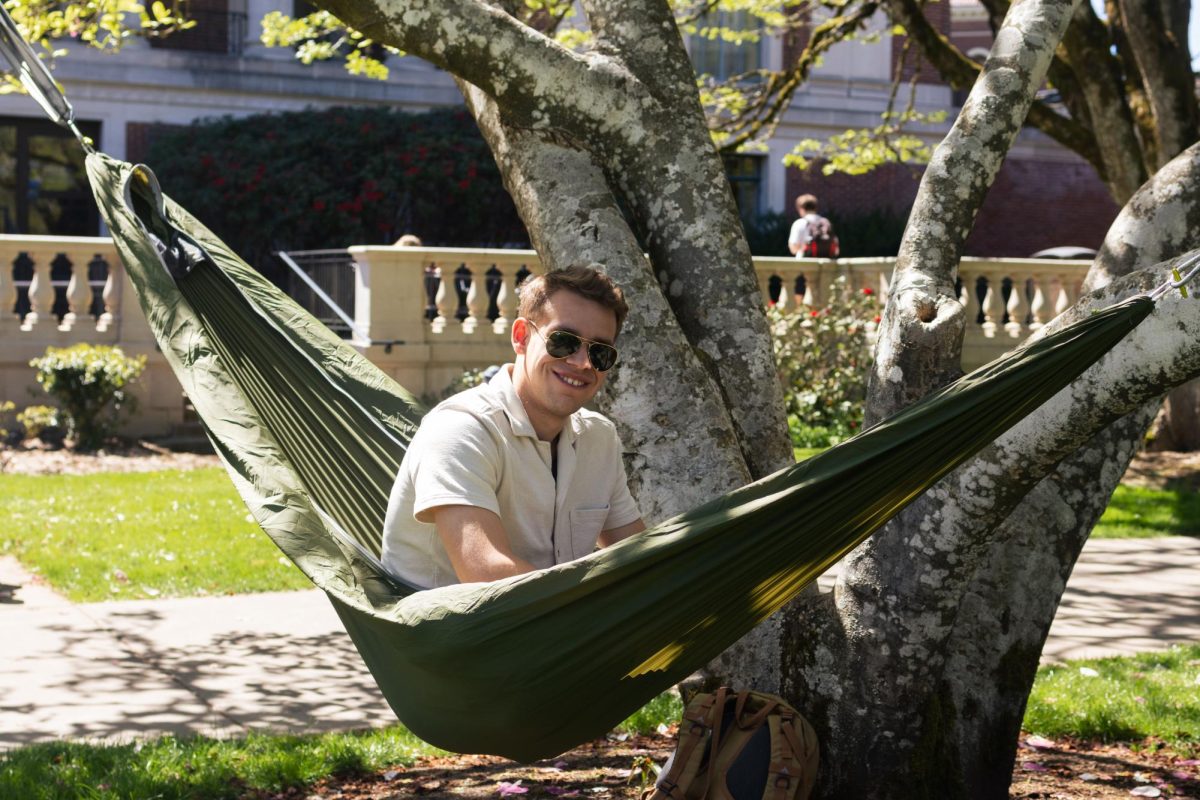Living in the Pacific Northwest’s Cascadia Subduction Zone, knowing that “The Big One”, the magnitude 9.0 or higher earthquake, could happen any day is part of the deal.
One day — maybe today, maybe tomorrow or maybe in 20 years — the pressure from the Juan de Fuca Plate subsiding under the North American Plate will become too much.
The energy will release suddenly, causing ‘The Big One’ that will last between 5 and 7 minutes and cause a tsunami greater than 100 feet. According to the Oregon Department of Emergency Management, there is a 37% chance this earthquake could happen in the next 50 years.
In a campus as historic as Oregon State University, where a number of buildings are older and not always seismically retrofitted, the inevitability of this massive earthquake can pose danger and cause anxiety. However, being earthquake prepared can be more important for your safety, according to Mike Bamberger, emergency preparedness manager for OSU.
“(We) just can’t rely on engineering, because we have too many buildings and not enough money to bring them all up at the same time,” Bamberger said.
That doesn’t mean OSU is doing anything about its old buildings. OSU’s University Facilities, Infrastructure and Operations, under their 2023-2025 Capital Renewal Projects, states Gilkey Hall is currently under renovation for seismic retrofitting. Last year, Cordley Hall’s renovations were completed, part of which included seismic retrofits.
“You can engineer away the problem, but you still are going to have the various states of engineering,” Bamberger said. “So now you have to rely on the people to know what to do.”
However, Bamberger is concerned people’s knowledge isn’t as widespread as it needs to be.
“The earthquake doesn’t care what you know or what you don’t know,” Bamberger said. “And people know ‘The Big One, The Big One, The Big One.’ And there’s little (earthquakes) too. (People) know it, but they haven’t made the next step of doing something about it.”
Most people know to drop, cover and hold, wait till the shaking is over, and then leave as quickly as possible.
“We want our buildings to perform well so they’re not going to injure people, and so you can escape,” Bamberger said. “Our buildings aren’t built to go back in afterwards.”
Once you’re outside, get 15 to 20 feet away from the building to avoid falling debris. However, there are steps to take before the actual earthquake occurs.
“We also want to encourage people to look around them, and what are you doing at home?” Bamberger said.
Bamberger said most people won’t pay to have their home tightened up and built stronger. He suggested non-structural things, like knowing escape routes, taking the TV or pictures down from over beds so they don’t fall during an earthquake.
Bamberger also encourages having an emergency supply kit ready to go, and keep it in your car.
“What you have is what you can depend upon,” Bamberger said, “so that’s why you want to teach people, because they can have (the kit), and then you can depend upon it under stress.”
OSU Extension Services recommends the emergency supply kit to include first-aid supplies, non-perishable foods, water or water purifiers, a multitool, flashlight and a complete change of clothes.
For more information on emergency kits, check out this link.
“It could happen anywhere,” Bamberger said, “like while you’re recreating at the coast. That’s why we want people to get smart and be prepared.”

